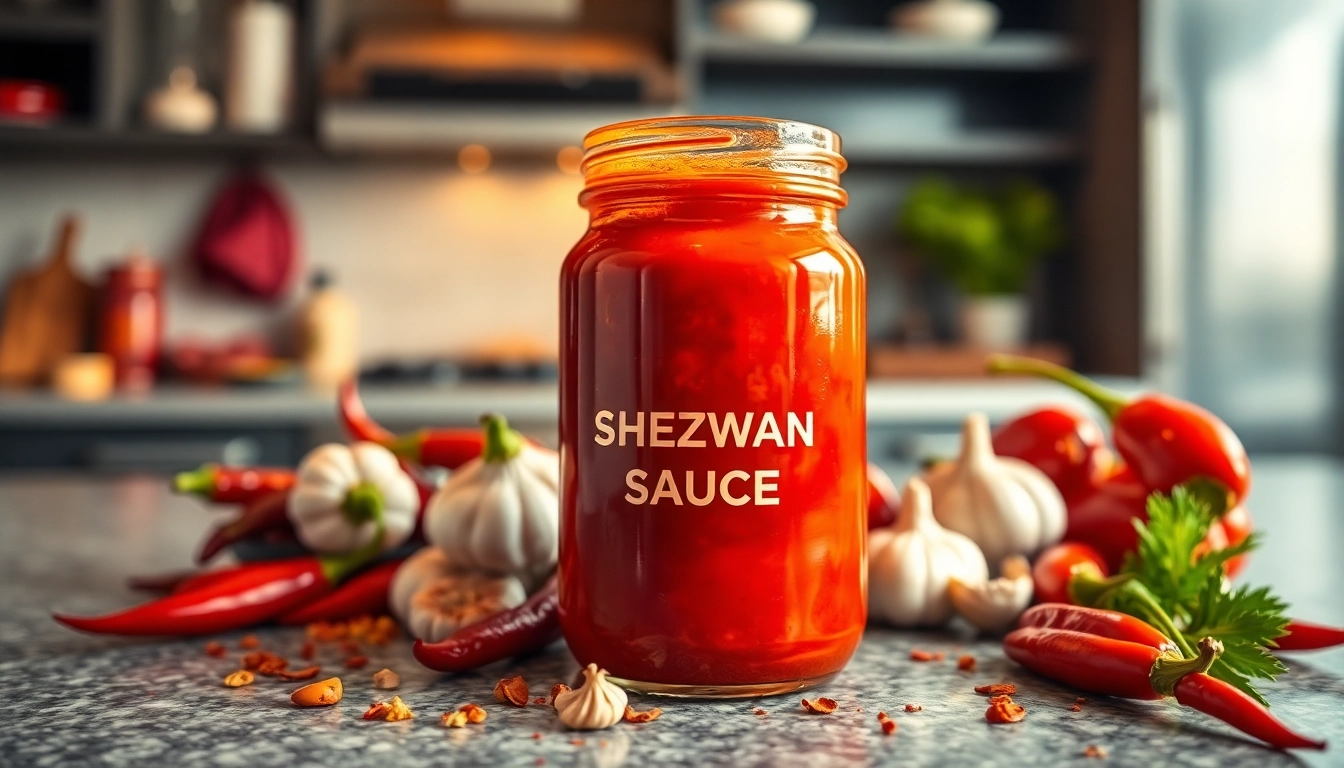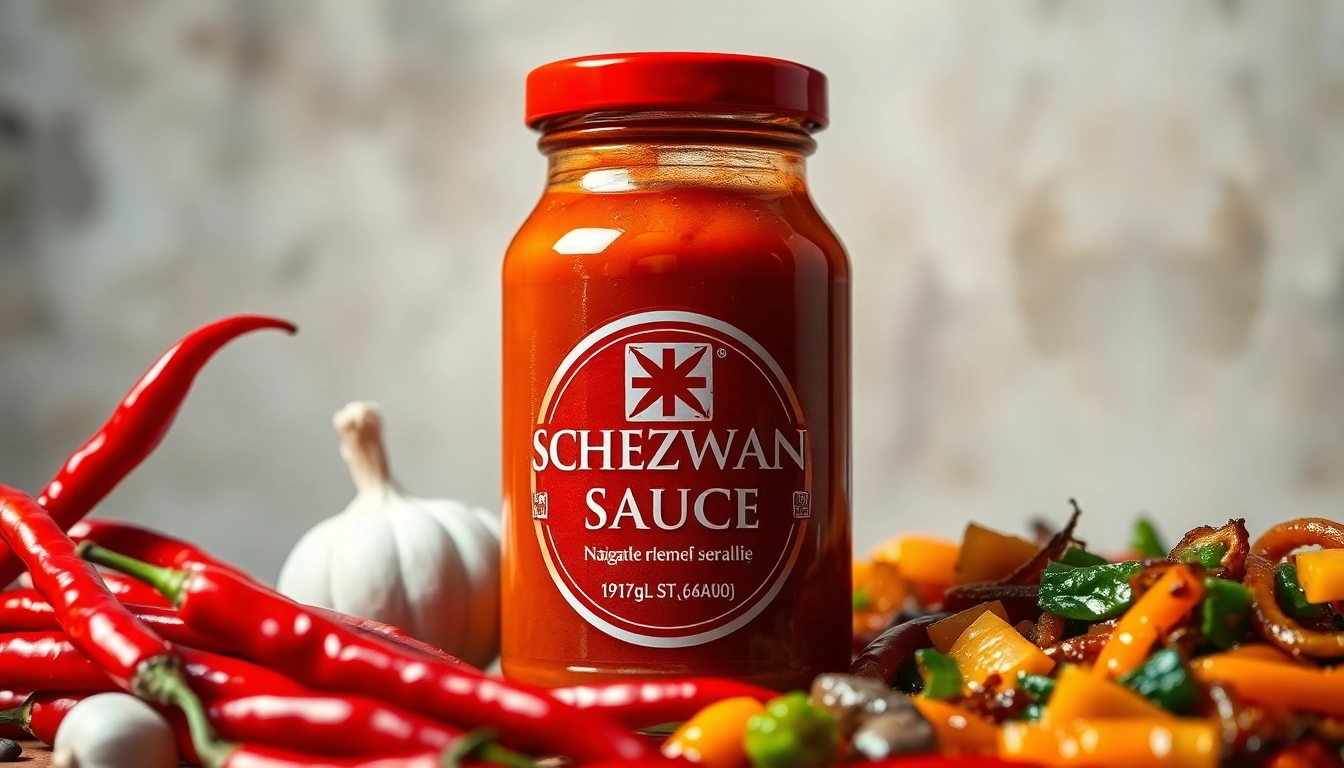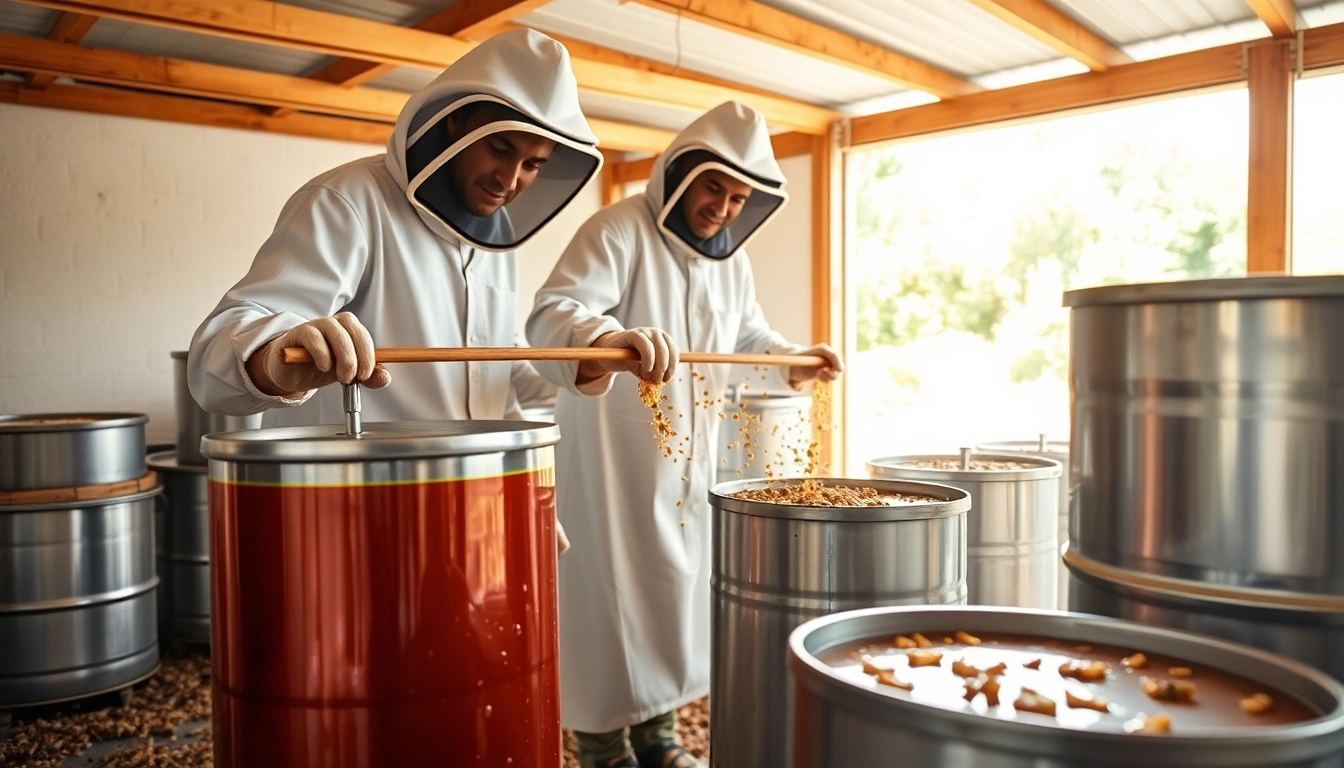
Understanding Schezwan Sauce: Origin, Flavors, and Uses
Schezwan sauce has become a household staple across many cuisines worldwide, prized for its vibrant flavor, fiery heat, and versatility in various dishes. Its roots trace back to Sichuan cuisine in China, yet today, it has been adopted and adapted by countless culinary traditions, especially in Indian and Indo-Chinese kitchens. For food manufacturers and entrepreneurs, understanding the intricacies of Schezwan sauce—its history, key ingredients, and culinary applications—is essential for creating authentic products that stand out in a competitive market. To explore more about this popular condiment, visit our dedicated Schezwan Sauce page for high-quality, traditional options.
The History and Cultural Significance of Schezwan Sauce
Originating from Sichuan province, Schezwan sauce embodies the bold flavors characteristic of Sichuan cuisine — intense spiciness, aromatic brilliance, and complex layers of taste. Traditionally, it was used as a table condiment to enhance dishes like dumplings, noodles, and meats, emphasizing the region’s love for bold, spicy flavors. Over decades, Chinese immigrants introduced this fiery paste to other parts of Asia and beyond, crafting adaptations that blend indigenous tastes with authentic Sichuan elements. Today, Schezwan sauce holds cultural significance as a symbol of fiery culinary tradition, representing a zestful expression of regional identity. Its popularity in India and other countries has led to a surge in manufacturing, export, and innovation, with consumers embracing its robust profile in everything from street foods to gourmet dishes.
Key Ingredients and Their Role in Flavor Profile
The core components of Schezwan sauce are meticulously chosen to deliver its characteristic flavor. The primary ingredients include red chili peppers, garlic, ginger, soy sauce, vinegar, and a blend of spices and oils. Each element contributes uniquely:
- Red Chili Peppers: Provide the signature heat and vibrant color. The variety of chili used affects the spice level and flavor complexity.
- Garlic and Ginger: Add aromatic depth, balancing heat with pungency and warmth.
- Soy Sauce: Imparts umami richness, enhancing overall taste and providing depth to the sauce.
- Vinegar: Adds a tangy contrast that brightens the palette and cuts through the spice.
- Spices and Oils: Including Sichuan peppercorns, sesame oil, and other regional seasonings, which add aromatic complexity and a numbing effect characteristic of Sichuan cuisine.
Authentic Schezwan sauces carefully balance heat, aroma, and acidity, allowing it to complement a wide range of dishes. Modern commercial production often uses refined ingredients and quality controls to maintain consistency and safety, ensuring that each batch delivers the authentic flavor profile consumers demand.
Common Culinary Uses and Pairings
Schezwan sauce’s versatility makes it suitable for an array of culinary applications. Here are some popular ways to incorporate this fiery condiment:
- Stir-Fries: Adds heat and aroma to vegetable, chicken, or tofu stir-fries, elevating everyday dishes to flavorful delicacies.
- Dipping Sauce: Perfect as a dip for spring rolls, fried snacks, or grilled meats, delivering a robust flavor punch.
- Marinades: Used to marinate chicken, seafood, or paneer, imparting spicy richness before cooking.
- Pizzas and Burgers: As a spicy spread or topping, it transforms familiar comfort foods with an Asian-inspired twist.
- Noodle and Rice Dishes: Enhances traditional Asian staples, providing heat and depth that appeal to spice lovers.
Recognizing its adaptability, many chefs combine Schezwan sauce with ingredients like mayonnaise for spicy dressings or mix it into soups for an extra kick. Its bold, spicy profile makes it a favorite among consumers seeking to add zest to their meals.
Step-by-Step Guide to Making Schezwan Sauce at Home
Gathering Quality Ingredients for Authenticity
Creating an authentic Schezwan sauce starts with sourcing high-quality ingredients. Use fresh, dried red chilies, aromatic garlic and ginger, premium soy sauce, and natural vinegar. For commercial production, suppliers like Spice Nest offer certifications and consistent quality, ensuring your final product meets safety standards and flavor expectations. Paying close attention to ingredient quality is crucial; inferior components can compromise texture and taste, leading to inconsistent batches.
Preparation and Cooking Techniques for Perfect Texture
The preparation involves roasting or soaking dried red chilies, then blending them into a smooth paste. Sauté garlic, ginger, and spices in oil to develop a rich aroma before adding chili paste, soy sauce, vinegar, and other seasonings. Controlled cooking at medium heat ensures the sauce thickens properly without burning. Continuous stirring is essential to prevent sticking and achieve uniform consistency. For commercial manufacturers, maintaining precise temperature controls and using sterilized equipment are vital for safety and quality.
Adjusting Spiciness and Taste to Your Preference
Schezwan sauce is highly customizable. To increase spiciness, add more red chili paste or dried chili powder. For milder versions, dilute the sauce with a splash of water or add a bit more vinegar to balance the heat. Incorporate sugar or honey for subtle sweetness, enhancing the flavor profile. Experimenting with different chili varieties and spice blends allows manufacturers and home cooks to curate unique, signature recipes tailored to their target audience or personal tastes.
Tips for Commercially Producing Schezwan Sauce
Maintaining Consistency and Quality Standards
Consistency is key in commercial production. Implement standardized recipes, precision weighing, and uniform processing techniques. Quality assurance protocols, including microbiological testing and sensory evaluation, ensure each batch meets customer expectations. Investing in advanced blending equipment and adhering to good manufacturing practices (GMP) can minimize variability and uphold product integrity.
Packaging and Shelf Life Optimization
Proper packaging preserves freshness and flavor. Use airtight, sterilized containers with tamper-evident seals. Materials resistant to acidity and heat, such as high-grade PET or glass jars, help prevent spoilage. For extended shelf life, consider vacuum packaging and incorporating natural preservatives like vinegar or antioxidants approved for food safety. Consistent storage conditions—cool, dry environments—further extend the product’s usability.
Compliance with Food Safety Regulations
Meeting food safety standards government agencies enforce is essential. Follow local and international guidelines such as FSSAI in India, FDA in the US, or EFSA in Europe. Certification processes involve rigorous testing for microbial contamination, pesticide residues, and additive compliance. Partnering with reputed manufacturers and certifying bodies, like Spice Nest, helps streamline certification and build consumer trust.
Marketing and Selling Schezwan Sauce Effectively
Brand Positioning and Unique Selling Points
Branding should highlight authenticity, quality ingredients, and versatility. Differentiators like organic sourcing, regional authenticity, or health-conscious formulations resonate with specific consumer segments. Creating engaging packaging with clear labels and usage suggestions can enhance appeal. Emphasize the product’s spicy, aromatic, and premium qualities to justify a competitive price point and foster brand loyalty.
Effective Distribution Channels and Export Strategies
Distribution involves a mix of retail, foodservice outlets, and online platforms. Partner with distributors experienced in spices and condiments to penetrate different markets nationally and internationally. Attend trade shows like Biofach or major food expos to showcase your Schezwan sauce and establish global connections. Export strategies should align with international food standards, packaging regulations, and consumer preferences, facilitated by certifications from Spice Nest and others.
Leveraging Food Exhibitions and Trade Shows for Growth
Participating in prominent food trade fairs provides exposure to buyers, restaurateurs, and distributors worldwide. Spice Nest’s successful presence at Biofach 2024 exemplifies how showcasing products at such events elevates brand visibility and opens doors for international partnerships. Preparing attractive booths, sampling, and offering product catalogs can enhance engagement. Use these opportunities to gather consumer insights, network with industry stakeholders, and refine your offerings.
Evaluating Performance and Customer Feedback
Measuring Sales and Market Penetration
Track sales volume, revenue growth, and distribution reach regularly. Utilize POS data and customer surveys to assess market acceptance. Identify high-performing regions and channels, adjusting marketing efforts accordingly. Data analytics help forecast demand, optimize inventory, and plan production schedules to prevent shortages or overstocking.
Gathering and Implementing Consumer Insights
Solicit feedback through online reviews, taste panels, and direct communication. Use surveys to understand flavor preferences, spiciness levels, and packaging expectations. Incorporate these insights into product development, refining recipes, or launching new variants to meet evolving consumer demands.
Continuous Innovation for Product Improvement
Stay ahead by innovating with healthier formulations—such as low-sodium or organic variants—and expanding flavor profiles. Collaborate with culinary experts to develop new applications and recipes. Regularly monitoring industry trends, feedback, and technological advances ensures your Schezwan sauce remains competitive and beloved by consumers.






